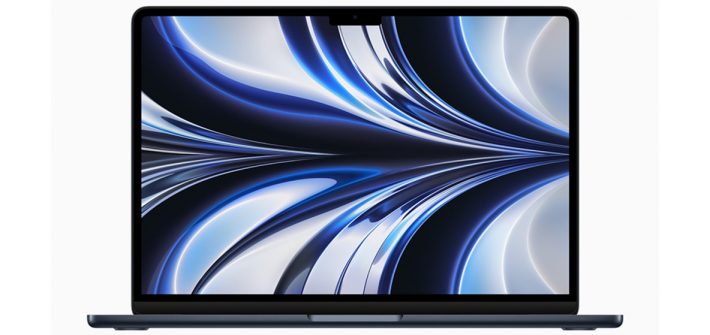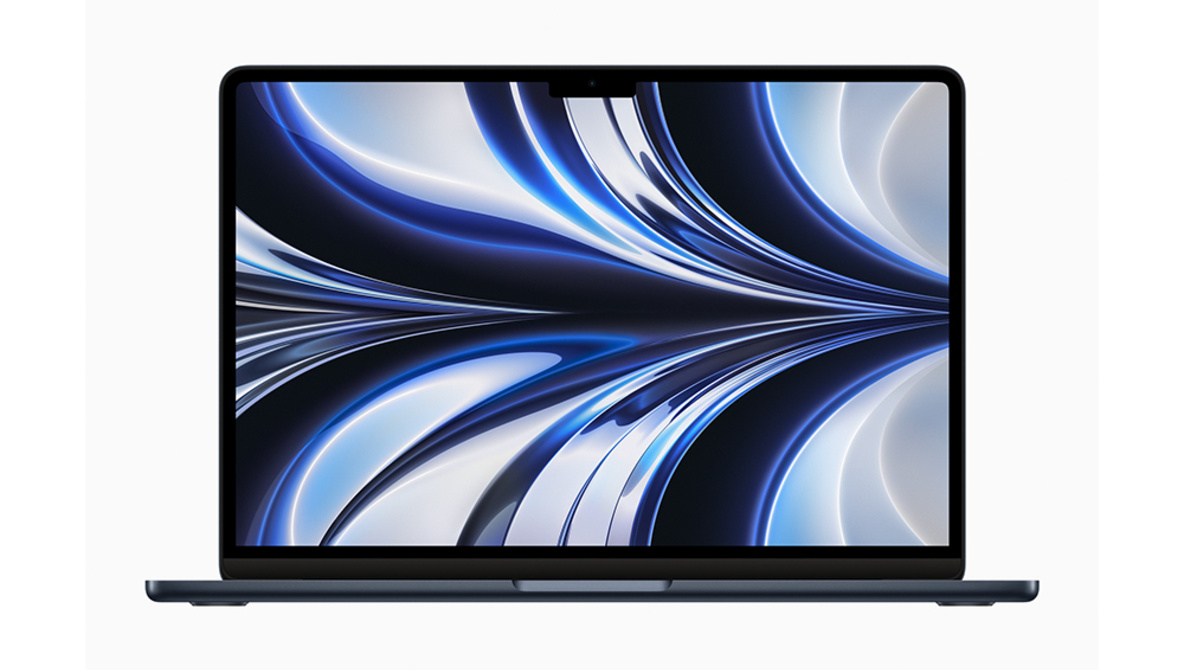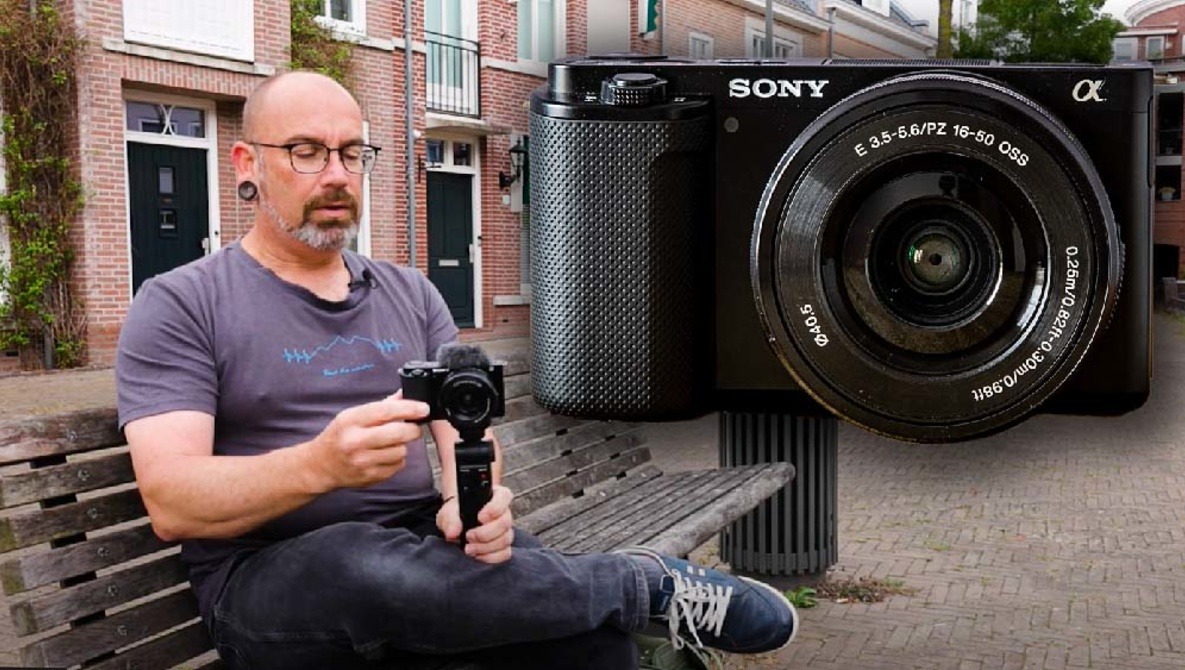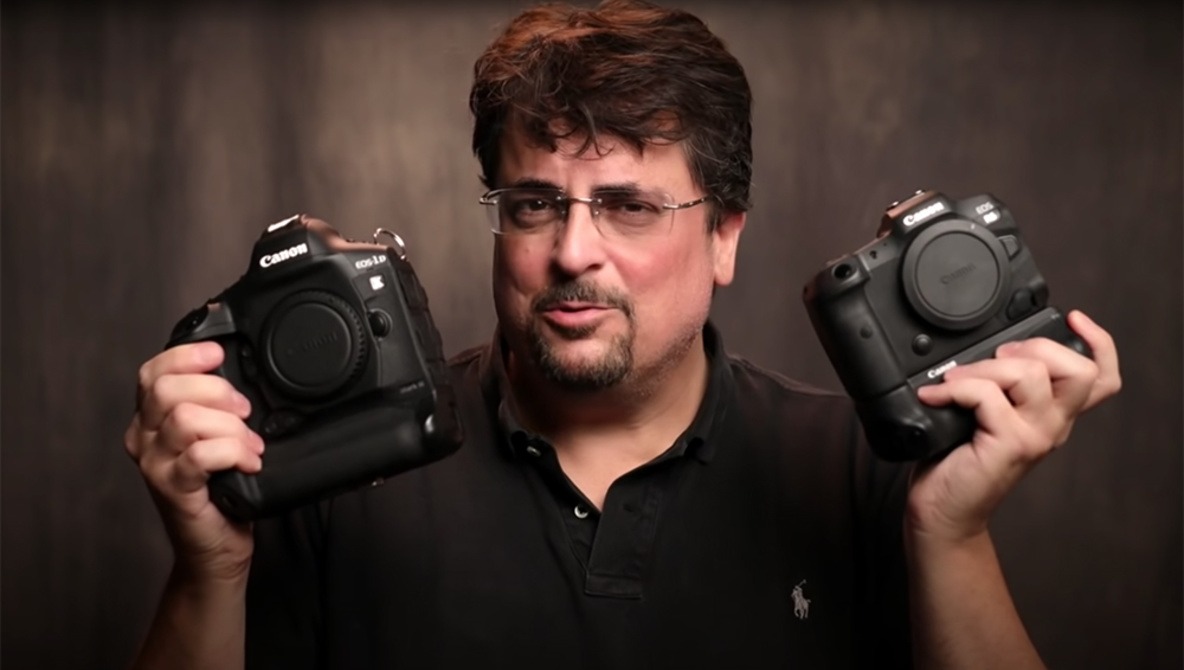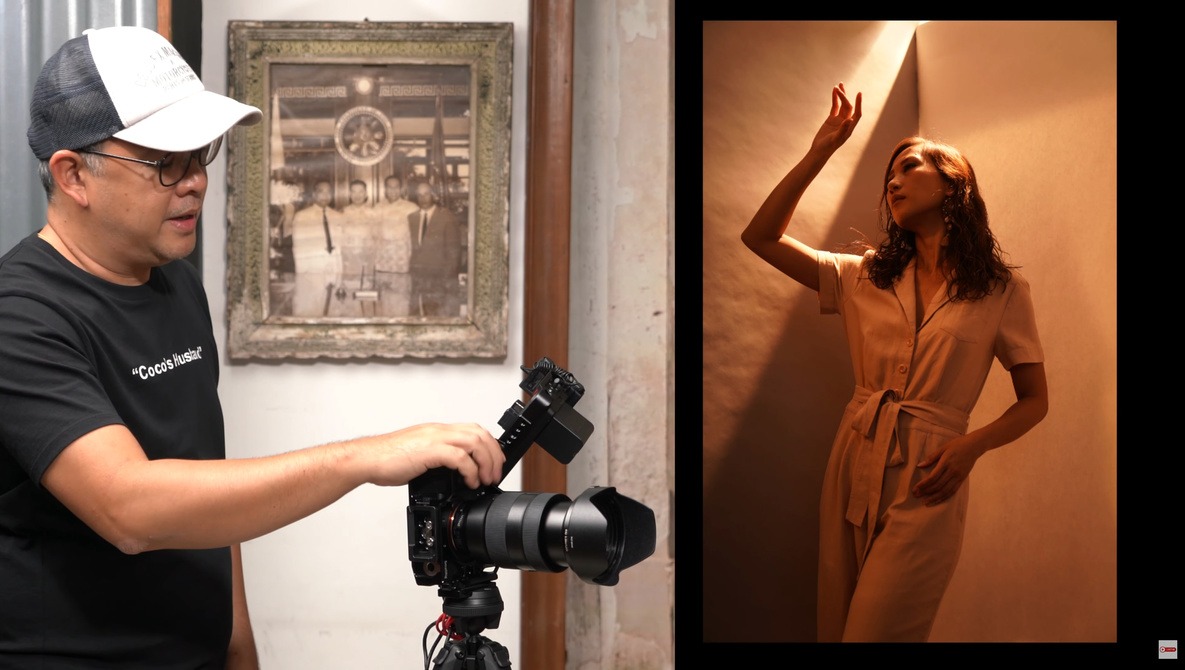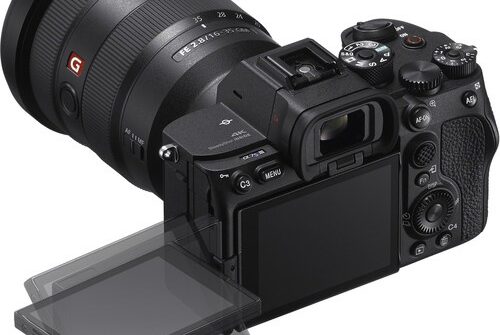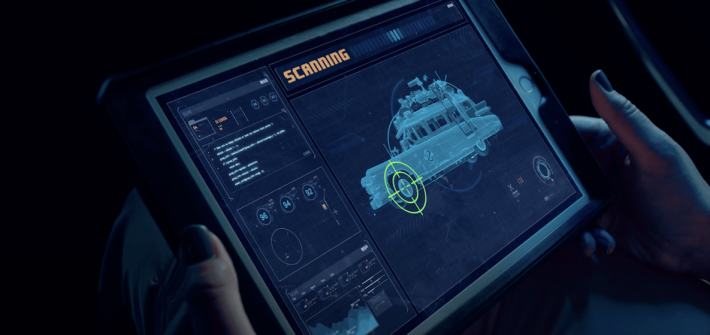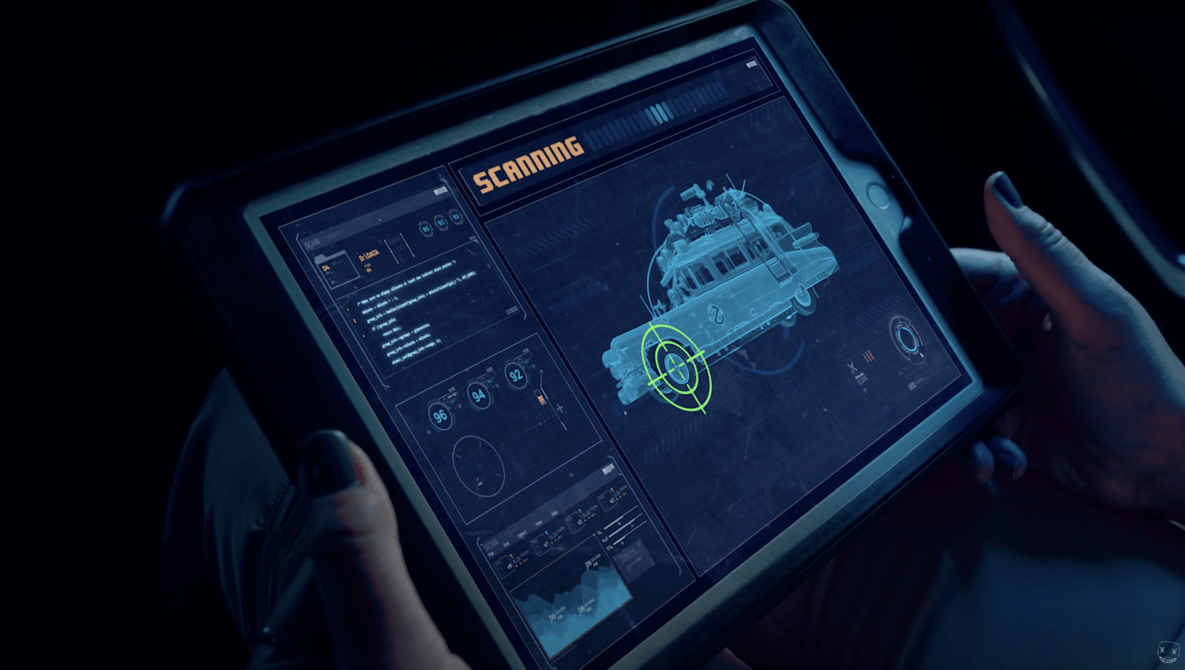“Chimping” is a term used by some photographers to describe the habit of other photographers who they deem to be looking at their rear LCD screen on the camera too much. But the information on the back of your camera can be really useful, especially if you are someone just starting. Here is my argument for chimping and some ways you can use your LCD screen effectively.
screen
We Are Lady Parts: A New Way to Tell Stories About Bands

We Are Lady Parts, the story of an all-Muslim-female punk band in London, is a groundbreaking collaboration between creator Nida Manzoor and cinematographer Diana Olifirova. Not only is the plot compelling and refreshing, but Olifirova and Manzoor also use a variety of filmmaking techniques to develop character, move the story along, and visually excite their audience. I had a chance to speak with Olifirova about putting Manzoor’s project on screen.
![]()
What’s the Better Choice: Mirrorless or DSLR?
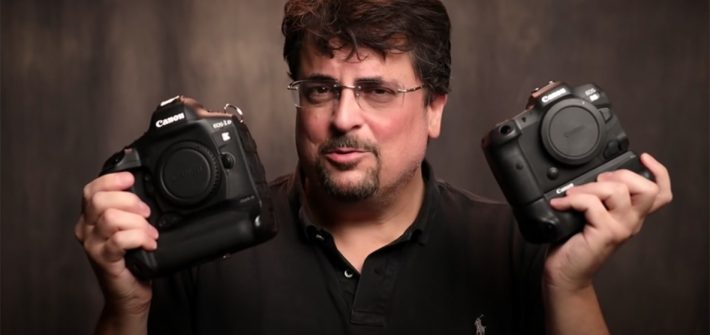
It’s the holy war of the photography world: Mirrorless versus DSLR. It’s also, these days, a largely irrelevant question, as both technologies are pretty far along and end up doing about the same thing. Photographer David Bergman takes a look at a reader question and offers his thoughts on what’s better.
![]()
We Review Nikon’s Z 105mm Macro: Did Nikon Make the Safe Choice?
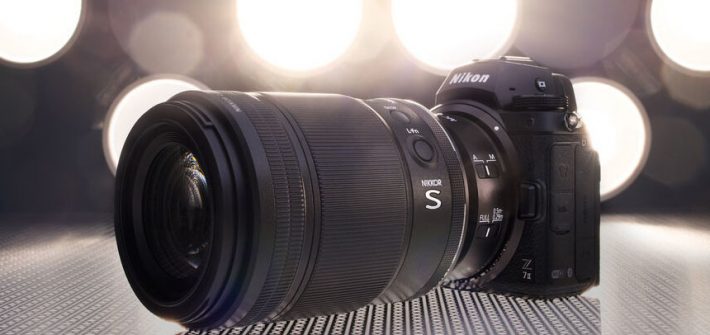
Announced back in June, Nikon’s first macro lenses for the Z mount appeared to be typical successors to their F mount predecessors, covering 50mm and 100mm focal lengths. The Z 105mm, as before, is a more premium choice, offering a few more features and a more choice designation. I’ve finally gotten my hands on one, and after some thorough testing, I’m ready to share my thoughts on this recent entry to the Z lineup. Whether you’re a macro specialist or Z photographer, you’ll want to check out this review.
![]()
Creative Lighting Techniques You Can Recreate at Home

The best place to practice photography, if it’s possible, is in your own home. However, with few of us having acres of space to roam around in our own property, you need to get good at utilizing the space you do have. In this video, learn creative lighting techniques with speedlights even in smaller spaces.
![]()





